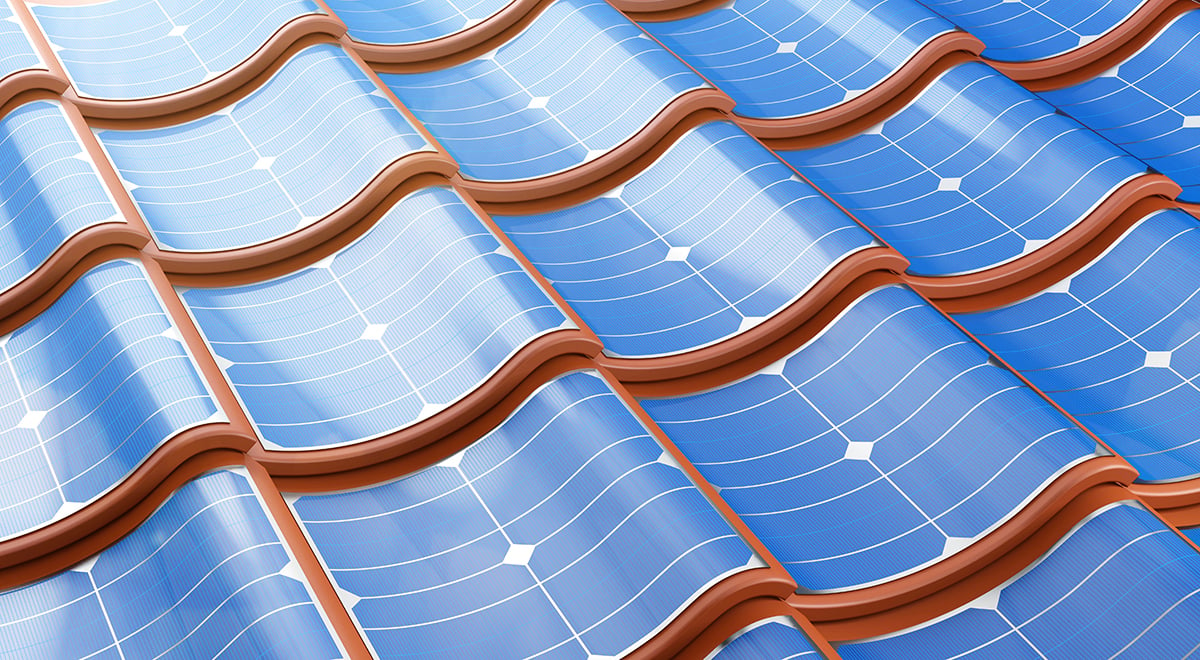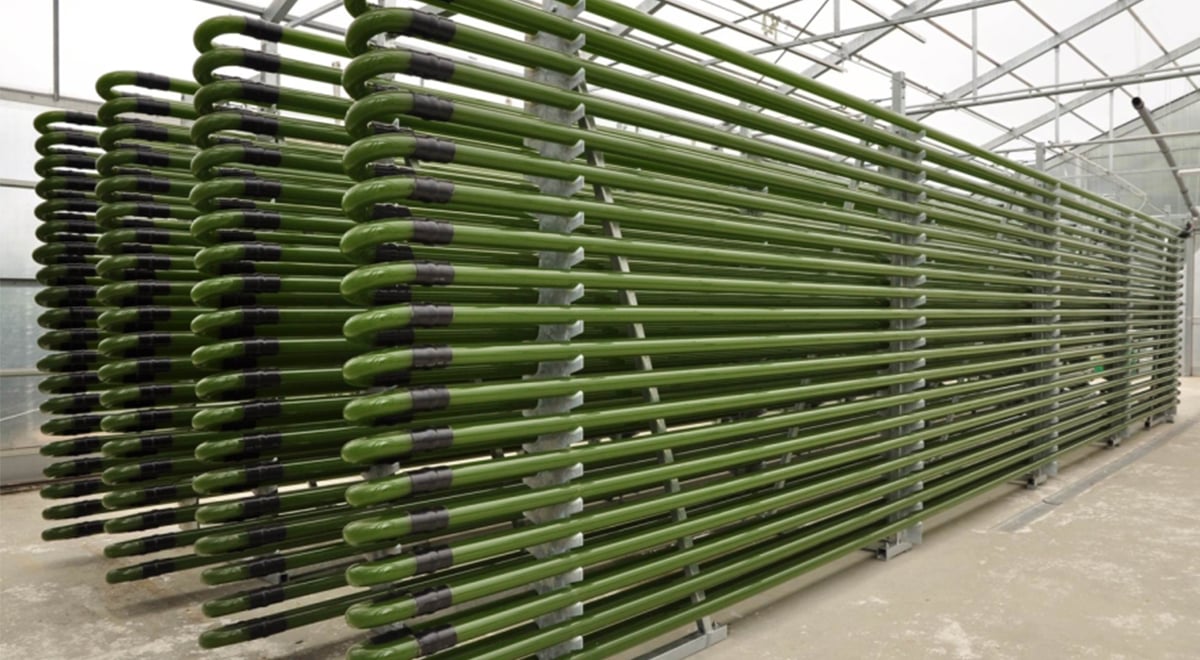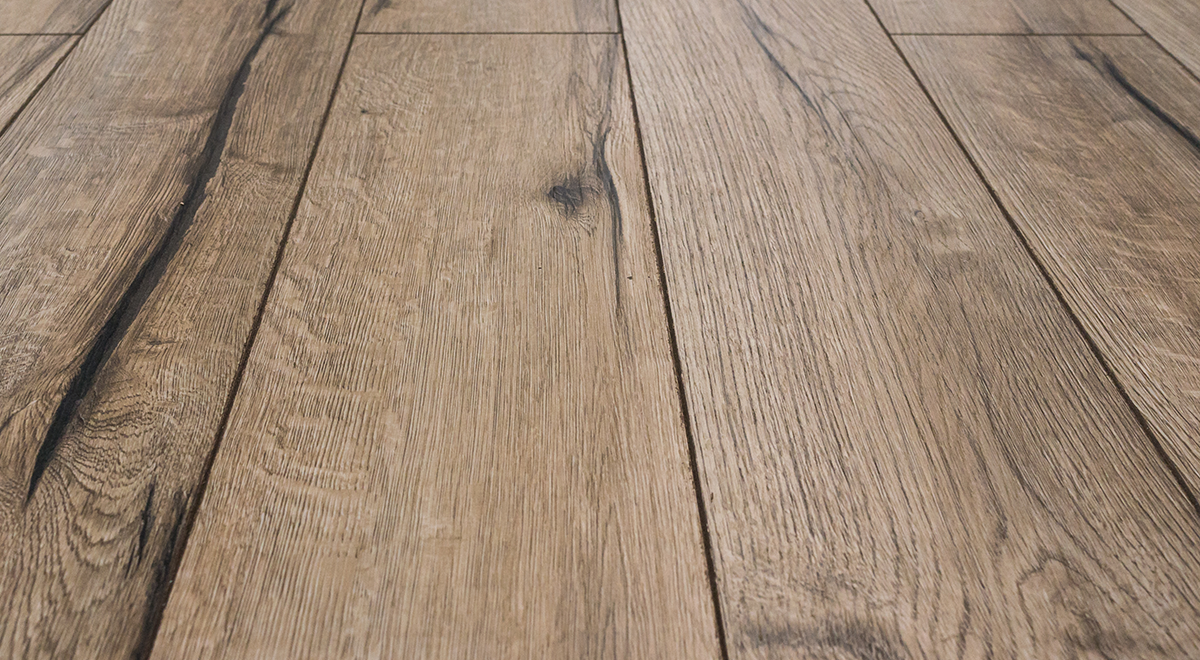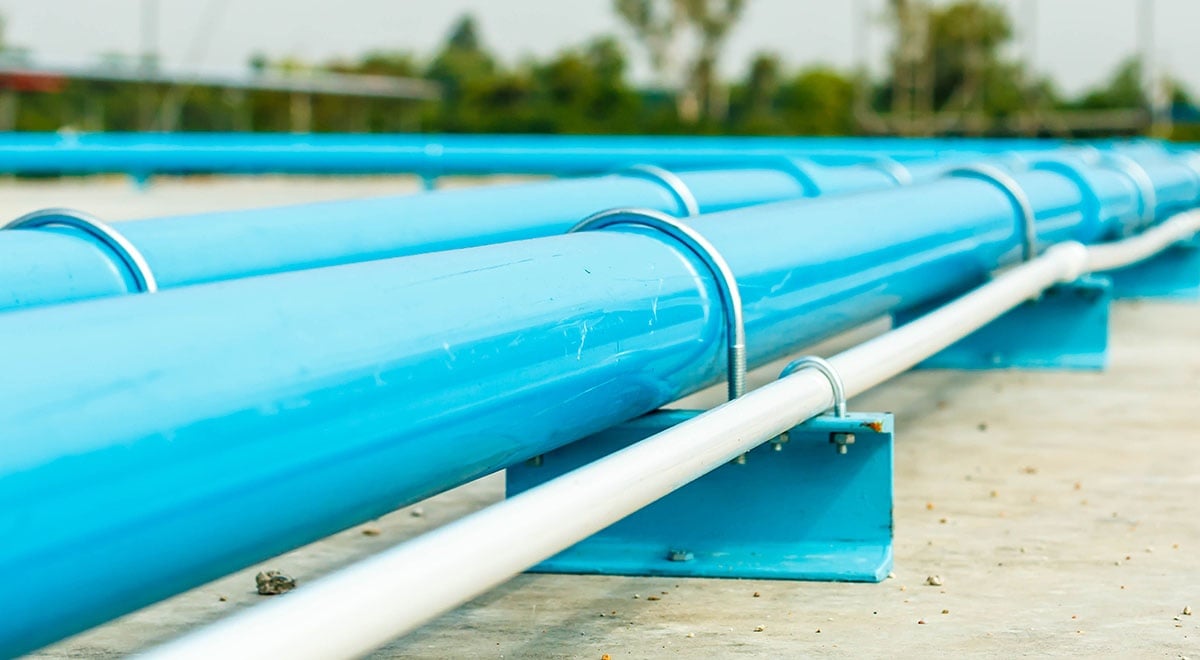The flat roofs of commercial buildings and apartment blocks have historically been notorious for water problems. No roof is ever completely flat, causing water to pond in certain areas. Eventually this water finds its way through to the building below. Concrete is actually a permeable material, so the last line of defence is the roof sheeting chosen to seal the roof. PVC was first introduced as a roofing membrane in the1960s, and has become a material of choice in the industry due to its durability and resistance to leaks.
Jonathan Stewart
Recent Posts
Although it may be hard to believe, biofuels have been around for as long as the automobile. Original diesel engine designs were built on the principle of using peanut oil as a fuel source. Henry Ford actually intended to use ethanol as a fuel, but the rise in availability of fossil fuels at low costs led to their dominance as a fuel source.
It may seem unusual to link innovations in PVC with hospital interiors. PVC has long been known as a hard-wearing product, which is easy to clean. However, innovations involving antimicrobial additives have now made PVC interiors an integral part of the international public health strategy to prevent the transfer of infections.
The origins of vinyl flooring stretch back to the 1920s, when Waldo Lonsbury Semon first produced what is now called plasticised polyvinyl chloride (PVC). It was developed as a floor covering in 1933, due to its resilience and ease of cleaning. Until the 1990s, vinyl flooring was mainly confined to commercial buildings, hospitals, and other high traffic areas.
The rise in use of PVC for pipes began in Germany in the 1930s. Residential drinking water was the first application for an installed PVC piping network. After the Second World War, the technology spread, as the benefits of using PVC became more widely recognised. Indeed, this versatile material is lightweight, resistant to chemicals and corrosion, and has the ability to withstand higher temperatures. By 1960, the first American Society for Testing and Materials (ASTM) standard for PVC piping had been issued.
VYNOVA BLOG
Our blog offers you insights into Vynova, our products, their applications and the innovations they enable.








